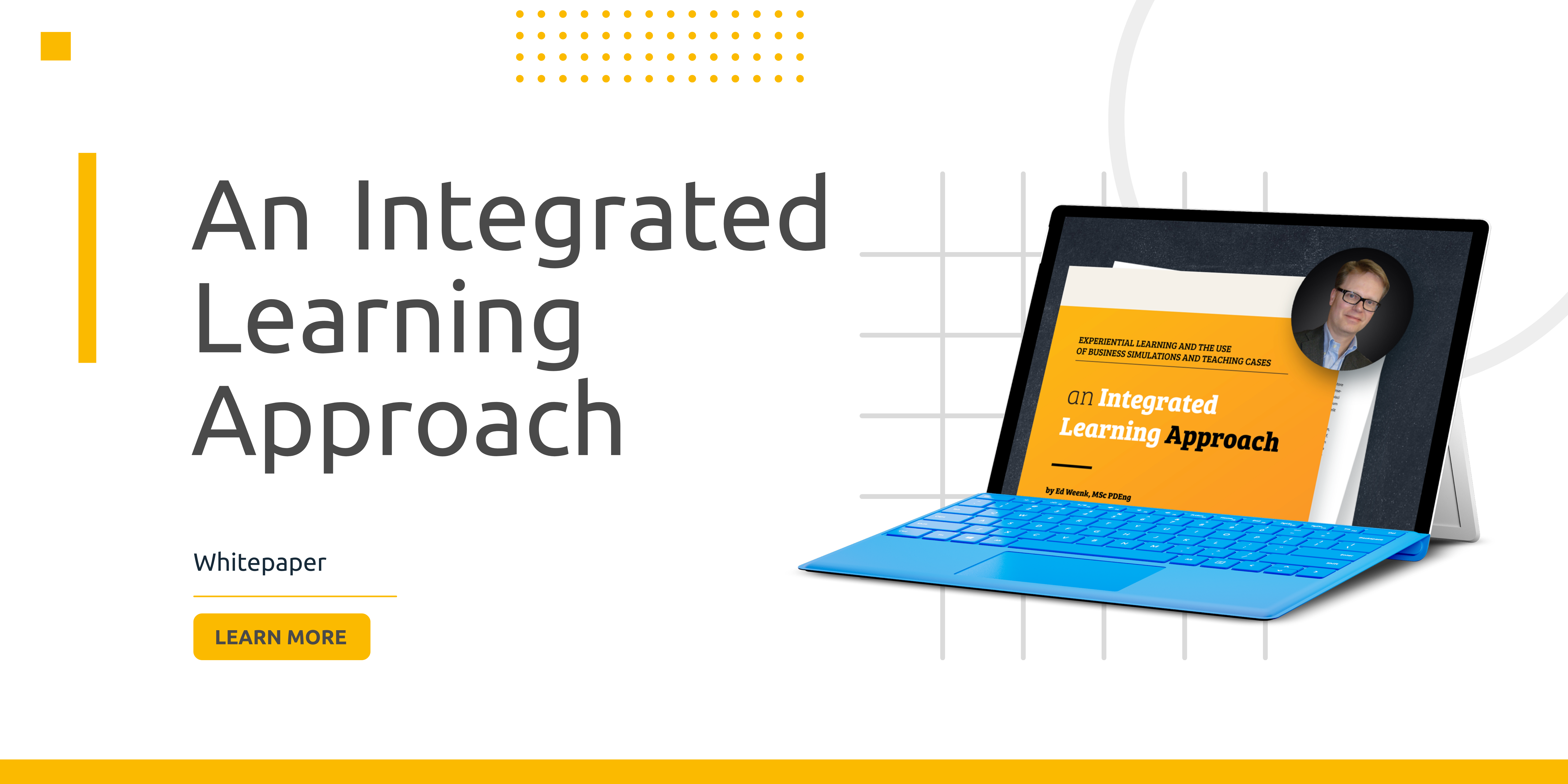
blogs
Potentials of a Sandbox learning environment
Stay inside to think outside
To think outside of the box, let’s build a box for them to stay in.
The irony in this sentence might come across as quite striking. Why would we try to trap people inside another set of barriers and limits while they are already struggling to carve their way out of the original ones?
As funny as it might seem, this is the “out of the box” answer to a common question in education and professional training: how to foster creative and innovative thinking in the classroom and workplace? – We would provide people with a sandbox.
Not a box with real sand that will hang onto your clothes and cling to your hair, but a box with countless opportunities and freedom to build your own grand sandcastles. Let’s imagine. We are all kids, tools – shovel and bucket – ready in our hands, eager to leave our legacy through an out-of-this-world architecture and battle for a championship against other children in the playground.
And the round begins!
We start to draft out what we want, the gate will be right here, here’s a bridge, and the final flag will be on top of the highest tower. We dive straight into construction, and shortly after that, we fail; the sand is not wet enough for the foundation to hold much weight. But it’s okay; now we know and will try again. Yet, another problem arose; planting a bridge here would cause everything out of balance. Again, we taste the failure on our tongues.
It’s frustrating but oh so fun, seeing other kids do their things. We didn’t think of using a bucket to shape our building, or they definitely haven’t used any water to solidify their sandcastles. We again refocus on our own masterpiece; it collapses perhaps four times more, but in the end, we know how to make it stable, how to build a bridge made completely out of sand, and the flag proudly waving on top of all our efforts.
A sandbox learning environment is just like that; given a task with a certain set of tools and guidance, learners will figure out what and how they will achieve their goals. They can adapt their preferred working style, whether trying out step by step, or going big, falling hard, and standing up even taller. Being in a box in this case, rather than restricting, acts like a set of limits or challenges that fuel creativity further; if there’s no castle-shaped mold, why don’t we try a citadel-inspired design instead, totally possible with hands and shovel?
Imagine you are given a task to run a company. Would you know how to double its revenue right off the bat? I wouldn’t, because one will have to run through trials and errors, with countless experiments and adjustments, to understand how the business and market work, to know all the tools and departments, and spending millions along the way. But when we compare and bring the sandbox into the equation, it doesn’t stray too far from the sandcastle, but the try-fail-try-again environment allows you to be daring and innovative.
I’ve tried running a virtual company before. After rounds of decision-making and experiments in operations, sales, and supply chain with novel strategies, several scenarios might happen: my company might be in the top 100 Fortune companies or declare bankruptcy, but there was no real financial burden to bear, and I was able to learn how things work, even from a completely blank sheet in the beginning. I couldn’t double the revenue in the end, but the final flag was still waving proudly on top of all the works, just like the final touch of a sandcastle.
The Sandbox learning environment is not just a children’s playground toy, but a great tool to facilitate hands-on learning. To apply it in real-life learning and training like the aforementioned business, adjustments and guidance, especially from the teachers or supervisors, need to tailor the experience to what is fitting for the learners.

